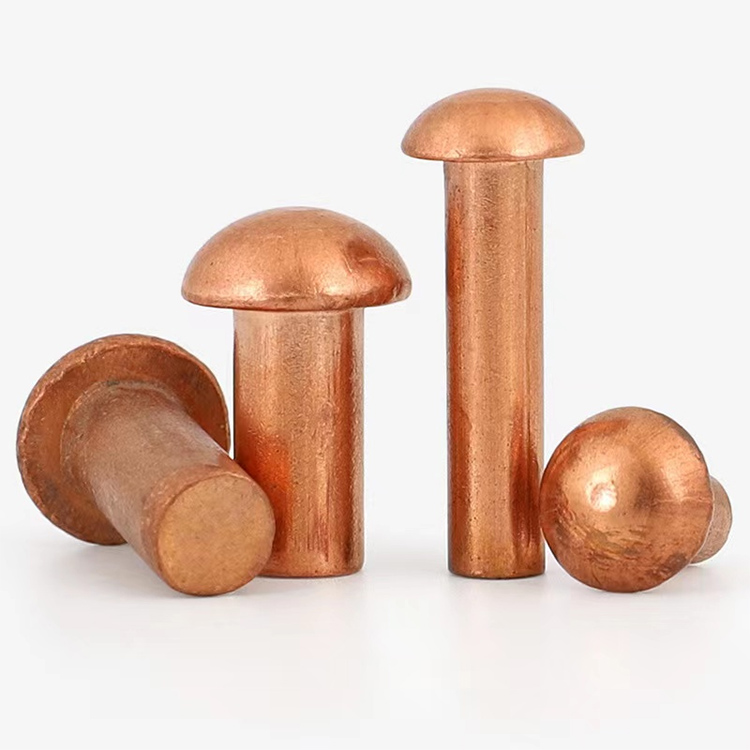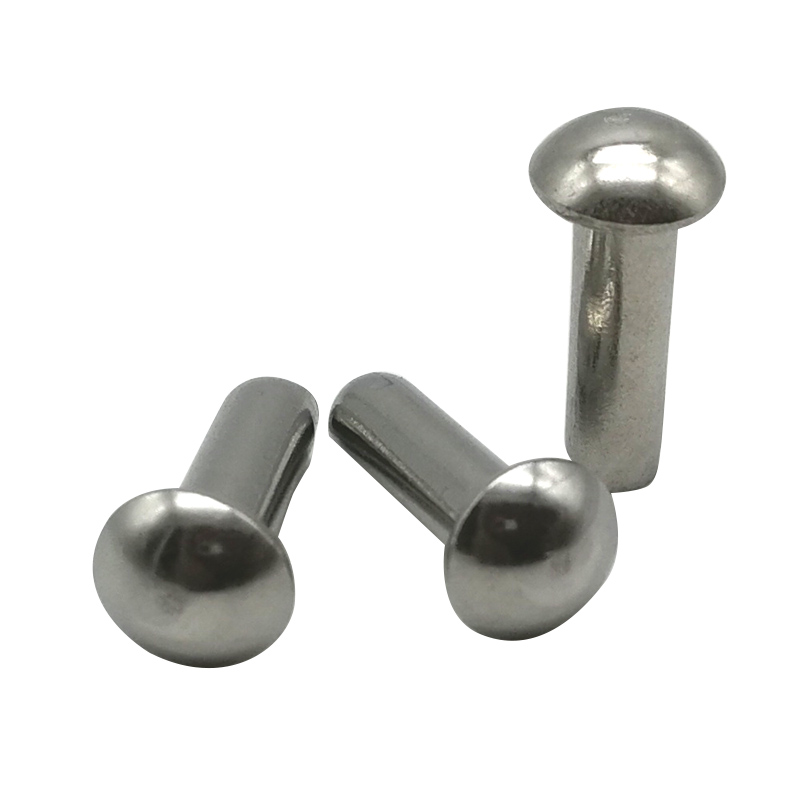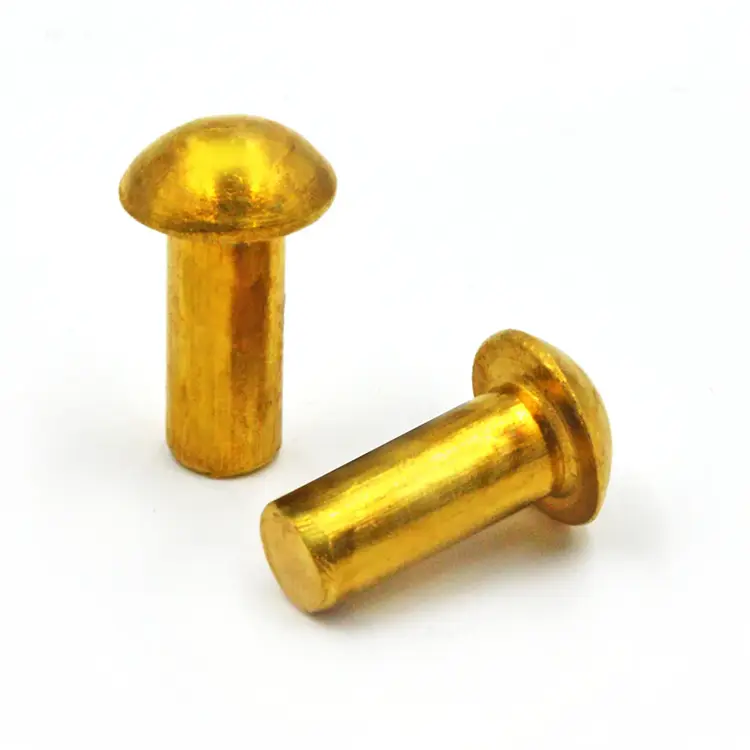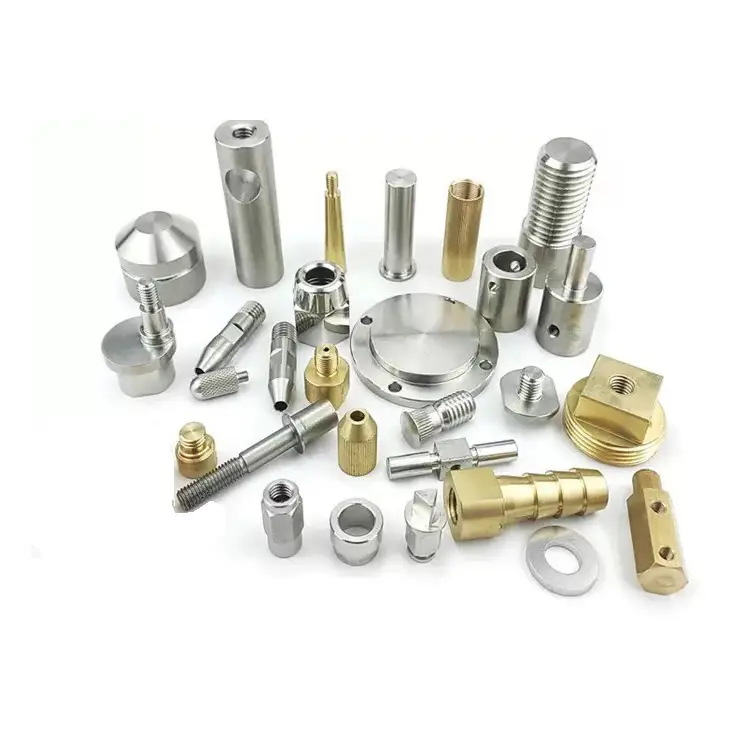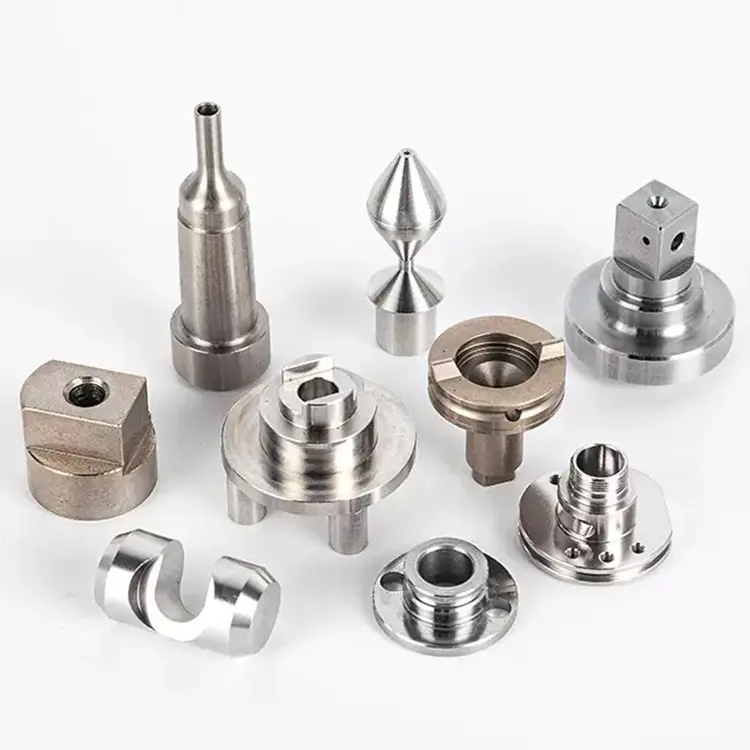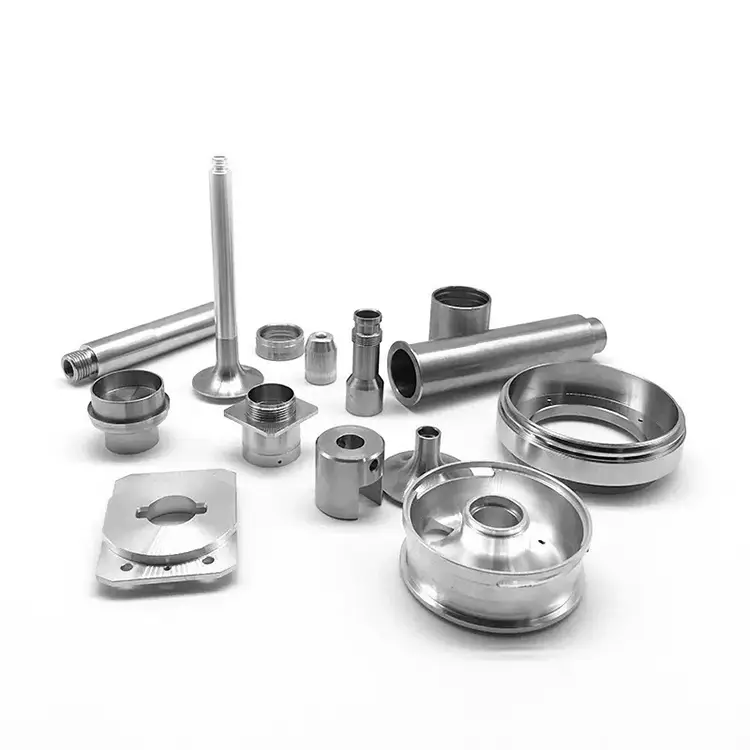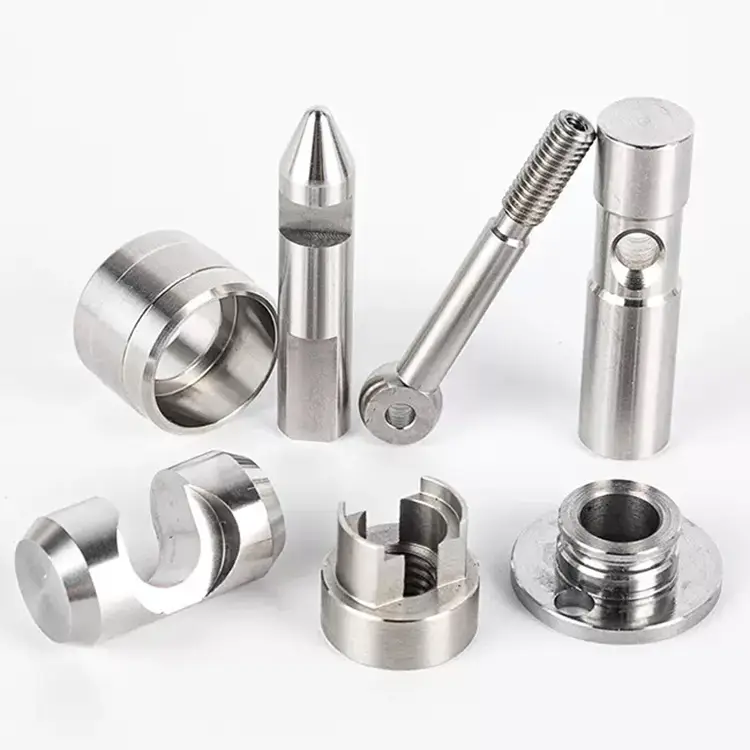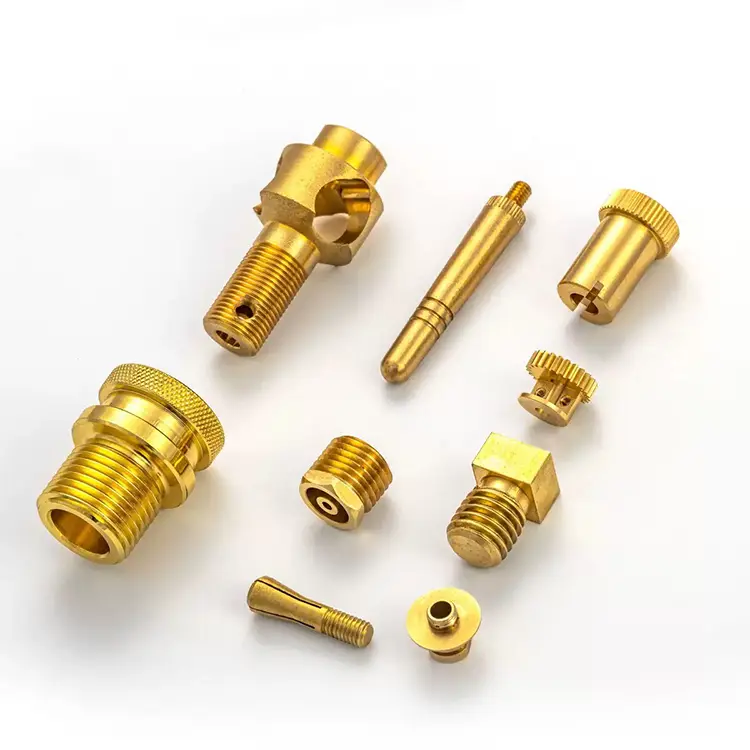Peças de torneamento do CNC
You are welcomed to come to our factory to buy the latest selling, low price, and high-quality CNC Turning Parts, Notin looks forward to cooperating with you.
Overview of CNC turning Processing
CNC turning processing is a machining method that uses a computer program to control the movement of the lathe toolholder along the workpiece's contour, precisely cutting and processing the workpiece. Compared to traditional machine tools, CNC turning processing offers significant advantages, including high precision, high efficiency, low failure rate, and a high degree of automation. It is widely used in high-precision applications such as model manufacturing, aerospace, and satellite manufacturing.
What are the characteristics of CNC turning parts?
High-Precision Processing
CNC turnings offer extremely high machining accuracy, meeting the machining needs of a wide range of precision parts. Through precise CNC programming, CNC turnings can achieve micron-level machining accuracy, ensuring part quality and performance. This high-precision machining feature makes CNC turning parts widely used in high-precision applications such as aerospace, automotive manufacturing, and electronics.
High-Efficiency Production
CNC turning parts utilize automated processing methods, significantly improving production efficiency. Compared to traditional lathes, CNC turnings reduce manual intervention and achieve continuous, rapid processing. Furthermore, CNC turnings can perform multiple processing steps in a centralized manner, further shortening production cycles and improving production efficiency.
High Flexibility
CNC turning offer tremendous flexibility, adapting to machining parts of varying shapes, sizes, and materials. By changing tools and adjusting machining parameters, CNC turnings can easily handle a wide range of complex parts. This flexibility gives CNC turning parts a significant advantage in responding to market changes and customer demands.
High Degree of Automation
CNC turnings utilize computer control systems, enabling highly automated machining processes. Operators simply program the machining program, and the CNC turning automatically completes the machining task. This high degree of automation not only reduces operational complexity but also minimizes machining errors caused by human error.
In short, CNC turning parts occupy a vital position in modern manufacturing due to their high precision, high efficiency, flexibility, and automation. With the continuous advancement of technology and evolving market demands, CNC turning parts will continue to leverage their advantages and contribute to the development of the manufacturing industry.
What types of parts are suitable for machining on CNC turnings?
CNC turning are highly efficient and energy-efficient CNC machine tools widely used in the machinery manufacturing industry. They are suitable for machining the following types of parts:
1. Shafts: CNC turning are capable of machining small-diameter, high-precision shafts and various custom-shaped surfaces.
2. Gears: CNC turning can machine a variety of gears and their associated transmission components. The lathe's various toolholder systems and cutting tools enable the machining of a wide variety of tooth shapes.
3. Threads: CNC turning can efficiently machine a variety of threads, including metric, imperial, special, and left-hand threads.
4. Custom-shaped surfaces: CNC turning can machine a variety of irregularly shaped surfaces, such as various tooth shapes, curved surfaces, chamfers, grooves, and convex and concave surfaces.
CNC turning Process
1. CNC Programming: Import the CAD file into CAM software and create the CNC program.
2. Workpiece Clamping: Clamp the workpiece to be machined onto the CNC turning.
3. Machine Tool Adjustment: Adjust the position and speed of each axis of the CNC turning according to the machining program requirements.
4. Automatic Machining: Start the CNC machining program, and the CNC turning automatically completes the workpiece according to the program requirements.
5. Finishing and Measurement: After machining is completed, the workpiece surface is trimmed, deburred, and the finished dimensions are measured.
What materials can CNC turning process?
1. Steel Turning: CNC turning is suitable for machining various steels, such as carbon steel, alloy steel, and stainless steel. Carbon steel machining is the most common, typically using techniques such as high-speed cutting and chemical cutting.
2. Copper Turning: brass machining typically uses cutting and milling techniques. Due to its excellent thermal and electrical conductivity, brass is suitable for manufacturing high-precision electronic components.
3. Aluminum Turning: Aluminum alloys are lightweight, corrosion-resistant, and high-strength, making them widely used in industries such as aviation and automotive. CNC turning is suitable for machining various aluminum alloys.
4. Stainless steel turning parts: Stainless steel has the advantages of high specific strength, high specific stiffness and high temperature strength, and is widely used in aerospace, shipbuilding and other fields. CNC turning is suitable for processing various Stainless steel materials.
- View as
Peças de moagem de giro CNC
O Nuote Metals é um fabricante chinês de peças de moagem CNC localizado na cidade de Dongguan, a usinagem do CNC envolve o uso de computadores para controlar as máquinas -ferramentas. Consequentemente, esse processo permite alta precisão e repetibilidade, tornando -o ideal para peças complexas e complexas. As máquinas CNC podem lidar com uma variedade de materiais e executar várias operações, como corte, perfuração e moagem. A parte típica de moagem da CNC inclui componentes aeroespaciais, dispositivos médicos.
consulte Mais informaçãoEnviar consultaPeças de máquina de girar CNC
As peças da máquina de torneamento CNC são fabricadas para medições específicas. Como resultado, isso significa que as partes se encaixam com precisão e funcionam como pretendido sem lacunas ou desalinhamento. As tolerâncias apertadas são cruciais em indústrias como dispositivos aeroespaciais, automotivos e médicos, onde mesmo um pequeno desvio pode afetar o desempenho ou a segurança. Os metais do Nuote e nossa equipe nos dedicam neste campo de torneamento do CNC por mais de 10 anos, bem -vindo para nos enviar seus requisitos de giro.
consulte Mais informaçãoEnviar consultaComponentes virados de precisão CNC
Por mais de 10 anos, os metais Nuote produzem componentes girados de precisão CNC de alto desempenho para uma ampla gama de indústrias. Seja usado em eletrônicos aeroespaciais, médicos, automotivos ou de consumo, as peças viradas de precisão do CNC fornecem precisão e qualidade incomparáveis.
consulte Mais informaçãoEnviar consultaComponentes do torno CNC
A usinagem de torno de CNC com técnicas como moagem e giro, melhorou a precisão da fabricação de componentes de torno CNC e maior eficiência. Consequentemente, as peças de usinagem do torno de CNC tornaram -se indispensáveis em setores como aeroespacial e automotivo, onde a exatidão da confiabilidade dos componentes é fundamental. Os metais de nuso estão na indústria de usinagem CNC em 10 anos, podemos ajudá -lo a tornar suas peças CNC perfeitas.
consulte Mais informaçãoEnviar consultaPeças CNC de latão
A Nuote Metals é um dos principais fabricantes chineses de peças CNC de latão, nossos técnicos altamente qualificados, combinados com o nosso portfólio completo de centros de torneamento CNC avançados de 4 e 5 eixos, máquinas de parafusos CNC em estilo suíço e máquinas de parafusos de vários espacos, permitem que as soluções personalizadas de máquina atendam aos requisitos de qualquer projeto. Trabalhamos em estreita colaboração com uma rede de fornecedores de processamento secundário e oferecemos uma gama de serviços de valor agregado para reduzir os custos do cliente e melhorar a produtividade.
consulte Mais informaçãoEnviar consultaPeças de torneamento CNC de alumínio
Os metais nuote produzem peças de giro CNC de alumínio em Dongguan, China. Para alcançar as tolerâncias mais próximas e os melhores acabamentos de superfície, equipamos com 35 centros e tornos modernos de torneamento CNC. Essas máquinas controladas por computador podem produzir altos volumes de peças com precisão e repetibilidade excepcionais.
consulte Mais informaçãoEnviar consultaMain points and precautions for processing different materials
Main points for steel turning:
(1) When performing high-speed cutting, the cutting depth should not be too large to prevent the cutting edge from overheating and becoming brittle and damaged;
(2) Pay attention to cooling and spray water or oil on the cutting area in time;
(3) Pay attention to selecting the appropriate tool type and cutting parameters.
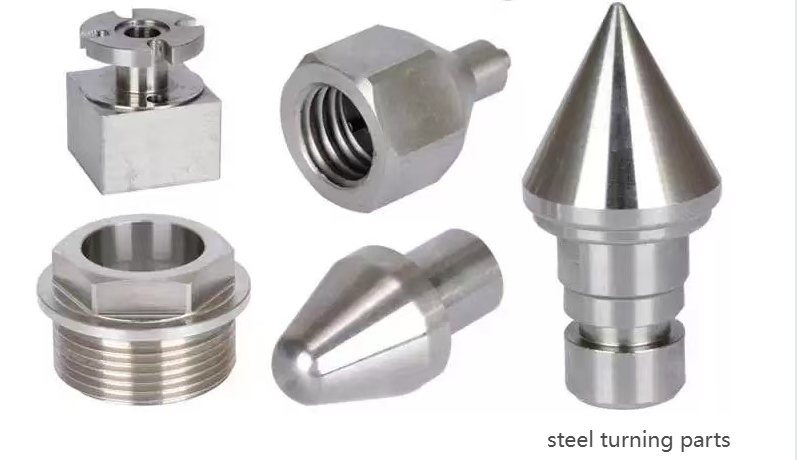
Main points for brass turning:
(1) The processing speed should not be too fast to prevent thermal deformation of the material;
(2) Select appropriate cutting fluid and tool;
(3) Pay attention to tool wear and damage to the cutting edge.
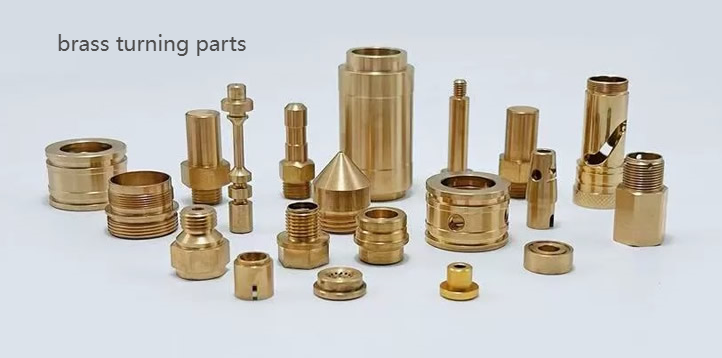
Main points for aluminum turning:
(1) Use cutting fluid to reduce chips;
(2) Select appropriate cutting parameters;
(3) Pay attention to avoiding heating in the cutting area and preventing the cutting edge from deteriorating.
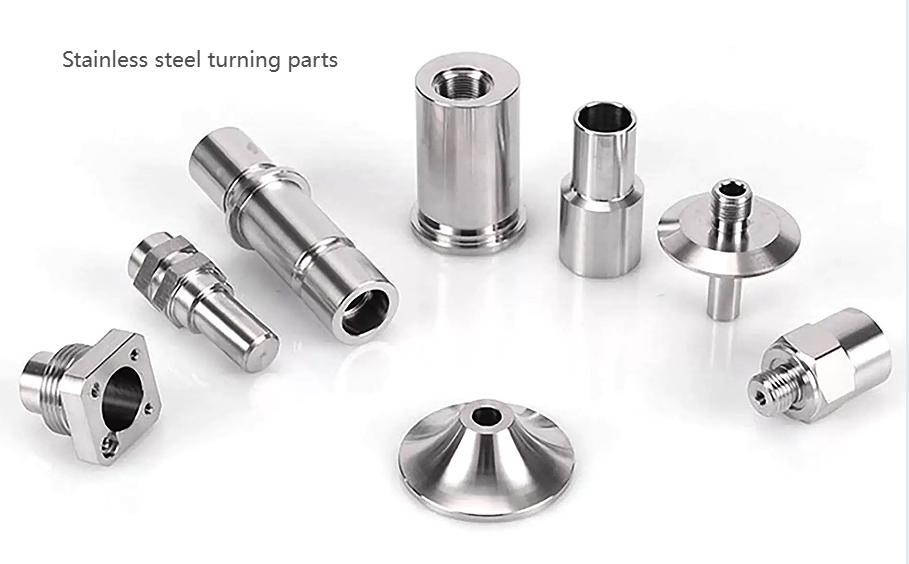
Key points of Stainless steel turning:
(1) Stainless steel has a high plastic deformation capacity. During processing, it is important to control the processing volume to avoid excessive deformation;
(2) Select appropriate cutting parameters and cutting fluids;
(3) Pay attention to tool wear and damage.
What are the advantages of CNC turning processing?
1. High precision: CNC turnings can achieve high-precision processing, and their accuracy can reach below 0.01mm.
2. High efficiency: CNC turnings have fast processing speeds and can continuously process multiple workpieces, which improves production efficiency.
3. High degree of automation: CNC turnings are controlled by computer programs, with a high degree of automation, which reduces the difficulty of manual operation.
4. Stable workpiece quality: CNC turnings have stable processing and high precision, which effectively guarantees the quality of workpieces.
What fields are CNC turning parts mainly used in?
CNC turnings are widely used in high-precision fields such as model manufacturing, aerospace, and satellite manufacturing. At the same time, they are gradually entering large-scale production fields such as automobiles, machinery, and chemicals. CNC turning processing has become an essential tool for modern high-precision, high-efficiency manufacturing.
Conclusion
This concludes our introduction to CNC turning processing. With the continuous advancement of technology, CNC turning processing will be applied in more fields, ushering in even broader development prospects.

